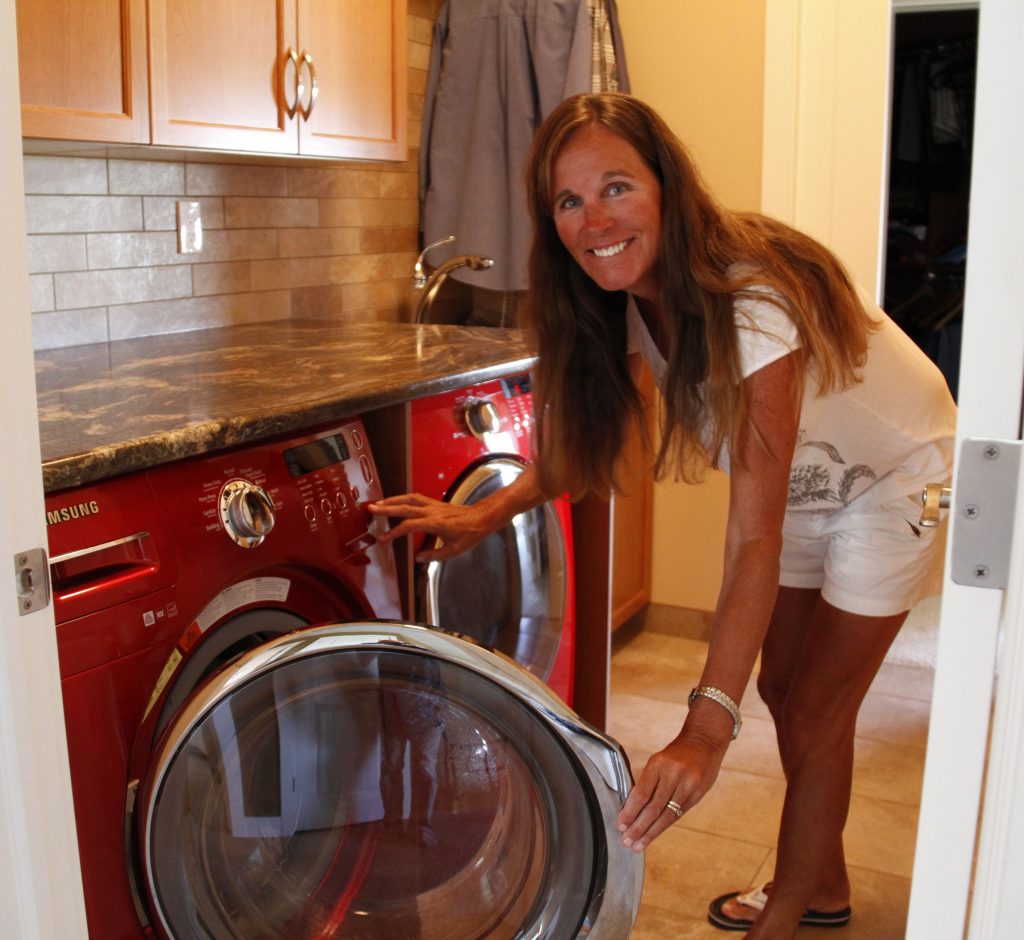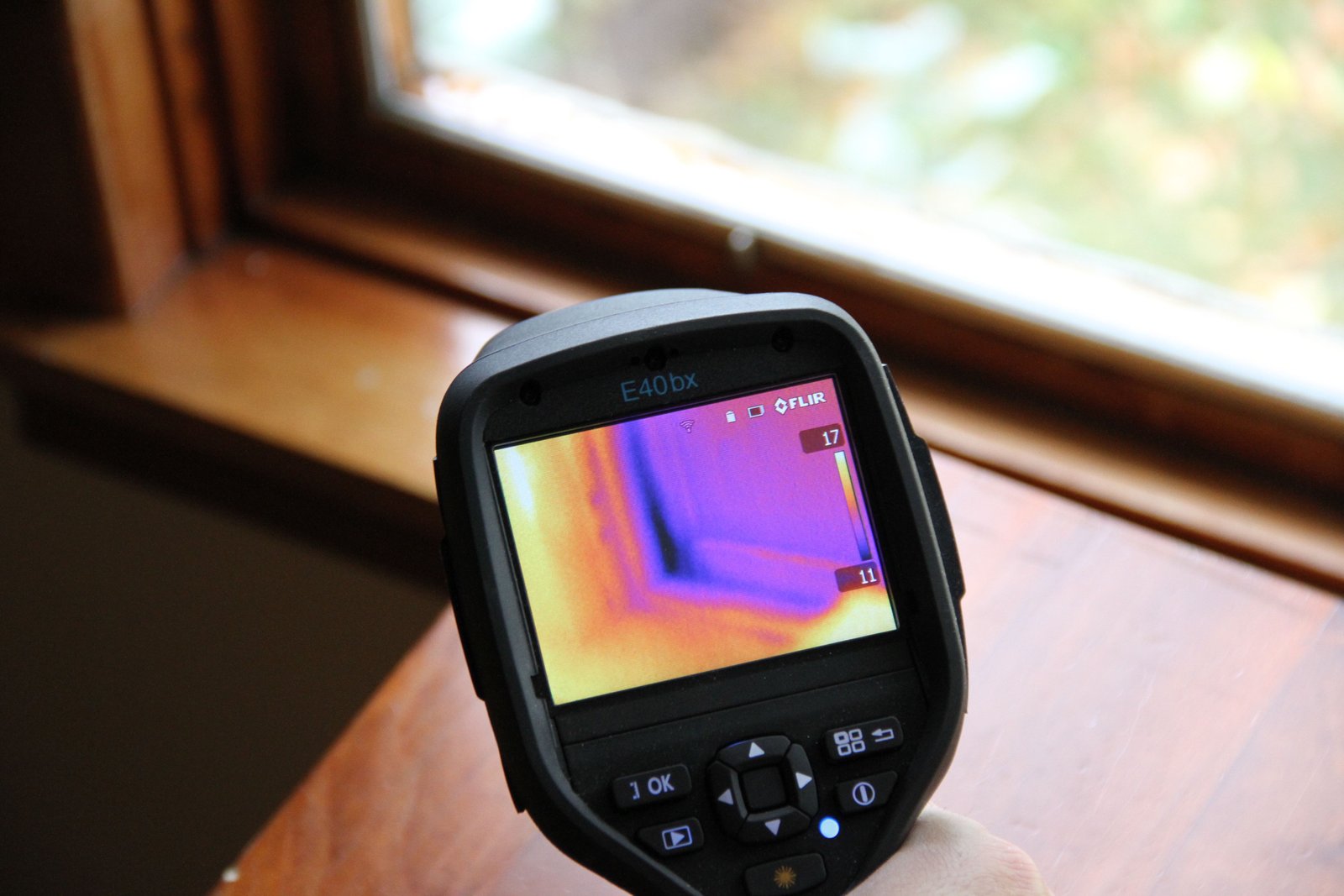By David Dodge and Duncan Kinney

Medicine Hat, Alberta offered a small incentive of $75 for washing machines in 2010 and they convinced 1,500 residents to purchase efficient washing machines.
The front-loading washing machine has been around since 1947, yet despite the fact that it’s been in laundromats for decades the design has only recently started showing up in people’s homes in large numbers. This despite the fact that the front-loading washing machine is clearly a superior design – it uses far less water and far less energy, it’s quieter and it is easier on your clothes.
But what is popular and what is energy efficient doesn’t always line up. The recent uptick in popularity and penetration of the front-load washing machine didn’t happen by accident. The change was drive by a template laid out by energy efficiency programs the world over: information, incentives and standards.
In cities, provinces and states all over North America there were and are financial incentives to buy new front-loading washers. Medicine Hat, Alberta offered a small incentive of $75 for washing machines in 2010 and they convinced 1,500 residents to purchase efficient washing machines. Governments, utilities, manufacturers and others have invested in numerous initiatives touting the efficiency and benefits of a front-loader.
Standards are also incredibly powerful energy efficiency tools. While it’s unlikely that we’ll ban top-loading washers like we have incandescent light bulbs as the price, reliability and efficiency of front-loading washing machines increases the old, inefficient top-loading design will simply fade away. When energy efficient products are the new normal standards are changed to finish the job.
We learned about this template for change from Jesse Row, the executive director of the Alberta Energy Efficiency Alliance (AEEA). It’s a group of municipalities, businesses, associations, utilities and non-profits that wants to maximize energy efficiency in Canada’s most energy-centric province.
Saving big money and reducing carbon emissions with simple, proven programs

Jesse Row, executive director of the Alberta Energy Efficiency Alliance says Albertans could save $1.5 billion.
The AEEA recently released a report which says it can save Albertans $1.5 billion dollars and get Alberta halfway to its 2020 greenhouse gas targets with vanilla, run-of-the-mill, proven energy efficiency programs. That’s big.
“It is big, it is very big. But it’s a lot of little opportunities all combined together. There are opportunities in every building, every industrial facility; opportunities with the vehicles we drive and you add all that up and you get that big of a number,” says Row.
The money, the report suggests, could come from the Climate Change Emissions Management Fund, a fund Alberta has set up to invest in greenhouse gas reducing projects with money collected from large carbon emitters. Energy efficiency is already a proven performer for the fund.
Incentives really do work so Row advises people to take advantage of programs when they are running, don’t dilly dally as they’re not designed to be around forever.
“You want to provide an incentive to get people into a new activity, but once it becomes commonplace you want to shift that incentive to the latest and greatest, the next generation of higher efficiency products. So you want to take advantage of the incentives when they’re there,” says Row.
The top three energy efficiency hacks?
As far as the most effective home energy efficiency hacks, Jesse has his top three.
“The simplest, fastest payback item you can do is add some insulation to your attic. That is if you don’t already have four to five inches of insulation up there already. That’s the most cost effective thing you can do,” says Row. He also recommends that you seal your home and if your furnace is aging, invest in a new, energy efficient replacement.
In the past, jurisdictions have supported home energy audits and more efficient lights, furnaces, insulation, appliances and much more.
While being energy efficient in your home is important the largest user of energy in Alberta is the industrial sector. In the AEEA report some of the biggest gains from energy efficiency programs come from proposed programs for manufacturing and oil and gas.
The Energy Efficiency Potential in Alberta report says $1.5 billion can be saved through energy efficiency initiatives and greenhouse gas emissions can be cut by 8.7 per cent for Alberta. These savings will come from the transportation, commercial and residential buildings and industrial sectors.
Not only is energy efficiency a low hanging fruit, the benefits go beyond the utility bill in our homes. Efficiency can help reduce the need for new power plants and expensive new transmission lines.
While most of us don’t wake up in the morning thinking about energy efficiency or conservation people like Jesse Row do. And by following their advice and implementing smart, effective, proven energy efficiency programs we can not only save lots of cash and reduce our emissions but we can also make energy efficiency the new normal.

